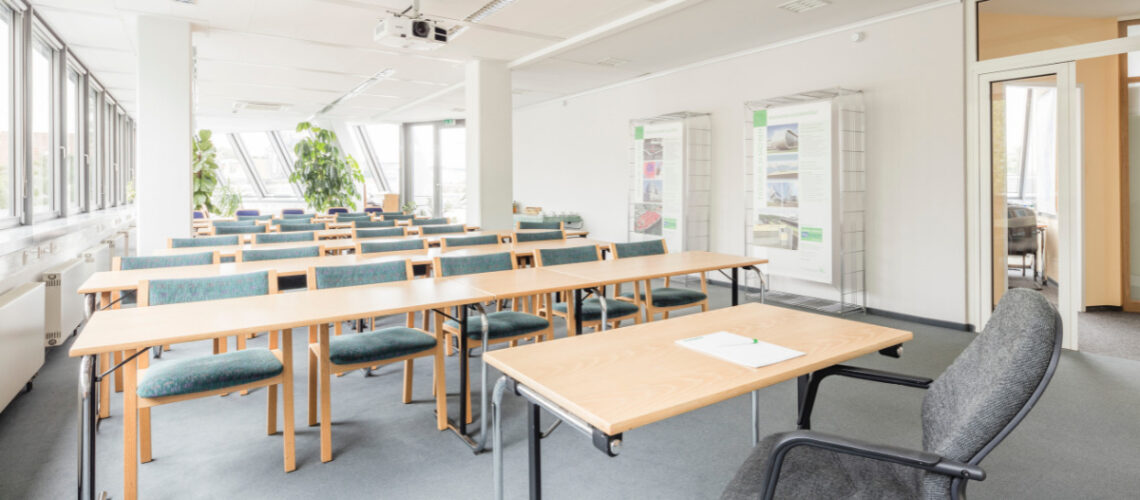In the field of educational psychology, creating an environment that fosters the optimal emotional and cognitive development of students is paramount. This approach, championed by experts like Brett Holeman, PsyD, an esteemed school psychologist based in Freehold, NJ, USA, focuses on the holistic development of students, ensuring that they not only excel academically but also thrive emotionally and socially. The key lies in establishing safe and nurturing spaces within educational settings. This article explores various strategies that educators and psychologists can employ to create such environments, drawing inspiration from the approaches of professionals like Dr. Holeman.
Understanding the Needs of Students
Recognizing Individual Differences
Each student brings a unique set of experiences, abilities, and challenges to the classroom. Recognizing and respecting these differences is the first step in creating a nurturing environment. This approach involves tailoring educational strategies to meet individual needs and offering support that acknowledges each student’s unique learning style and emotional makeup.
Building Emotional Intelligence
Developing emotional intelligence in students is crucial. It involves teaching them to understand and manage their own emotions as well as empathize with others. Schools can integrate emotional intelligence training into their curriculum, helping students develop skills that are essential for both personal and academic success.
Fostering a Sense of Belonging and Inclusion
Creating an Inclusive Environment
Inclusivity is a cornerstone of a nurturing educational environment. Ensuring that every student feels valued and accepted regardless of their background, abilities, or challenges is essential. This can be achieved through inclusive teaching practices, diverse curriculum materials, and activities that promote understanding and acceptance among students.
Promoting Positive Relationships
Positive relationships between students, and between students and teachers, are critical. Educators should foster a classroom atmosphere where students feel comfortable sharing their thoughts and feelings. Activities that encourage teamwork and collaboration can help build these positive relationships, creating a sense of community within the classroom.
Implementing Supportive Structures and Practices
Creating a Safe Physical Environment
Safety in the physical environment is just as important as emotional safety. This involves ensuring that the school premises are secure and that students have access to well-maintained facilities. A clean, organized, and well-equipped learning environment contributes to students feeling valued and respected.
Supportive Academic Practices
Supportive academic practices include differentiated instruction, regular feedback, and accessible learning materials. Providing additional support through tutoring, mentoring, or counseling can also be beneficial. This approach is in line with Brett Holeman’s emphasis on individualized support for optimal development.
The Role of Mindfulness and Stress Reduction
Incorporating Mindfulness Techniques
Mindfulness techniques can be an effective tool in reducing stress and enhancing focus among students. Practices such as guided meditation, deep breathing exercises, and mindful movements can help students develop self-regulation skills and a sense of calm.
Managing Academic Stress
Academic stress can significantly impact a student’s emotional well-being. Schools can implement strategies to manage this stress, such as flexible deadlines, stress management workshops, and a balanced approach to homework and assessments.
Encouraging Open Communication
Fostering an Open Dialogue
Open communication between educators, students, and parents is vital in creating a nurturing environment. This includes regular check-ins with students, parent-teacher meetings, and accessible communication channels. Encouraging students to express their thoughts and concerns can help educators identify and address any issues that may arise.
Feedback and Responsive Teaching
Feedback should be constructive and aimed at encouraging growth. Responsive teaching involves adapting teaching methods based on student feedback and needs. This approach, advocated by professionals like Brett Holeman, ensures that teaching is not only effective but also responsive to the emotional and cognitive needs of students.
Utilizing Technology and Resources
Leveraging Educational Technology
Technology can play a significant role in creating engaging and inclusive learning experiences. From digital learning tools to online resources, technology can cater to diverse learning styles and needs. However, it’s important to balance technology use with traditional teaching methods to maintain personal connections.
Access to Mental Health Resources
Providing students with access to mental health resources, such as counseling services and wellness programs, is crucial. These resources should be readily available and easily accessible to all students, ensuring that they have the support they need to thrive both emotionally and academically.
Continuous Professional Development for Educators
Ongoing Training and Education
Educators themselves need continuous professional development to effectively create and maintain nurturing environments. This includes training in areas such as child psychology, diversity and inclusion, and conflict resolution. Regular professional development ensures that educators are equipped with the latest strategies and knowledge to support their students.
Sharing of Best Educational Psychology Practices
Collaboration among educators and sharing of best practices can enhance the overall quality of the educational environment. Engaging in professional learning communities and attending conferences or workshops can provide valuable insights and ideas for creating more nurturing and supportive school settings.
The creation of safe and nurturing environments in educational psychology is crucial for the holistic development of students. Inspired by the approach of professionals like Brett Holeman, educators and psychologists can implement a variety of strategies to ensure that students not only excel academically but also grow emotionally and socially. By focusing on understanding individual needs, fostering inclusivity and belonging, implementing supportive practices, and encouraging open communication, schools can create atmospheres where every student has the opportunity to thrive.

